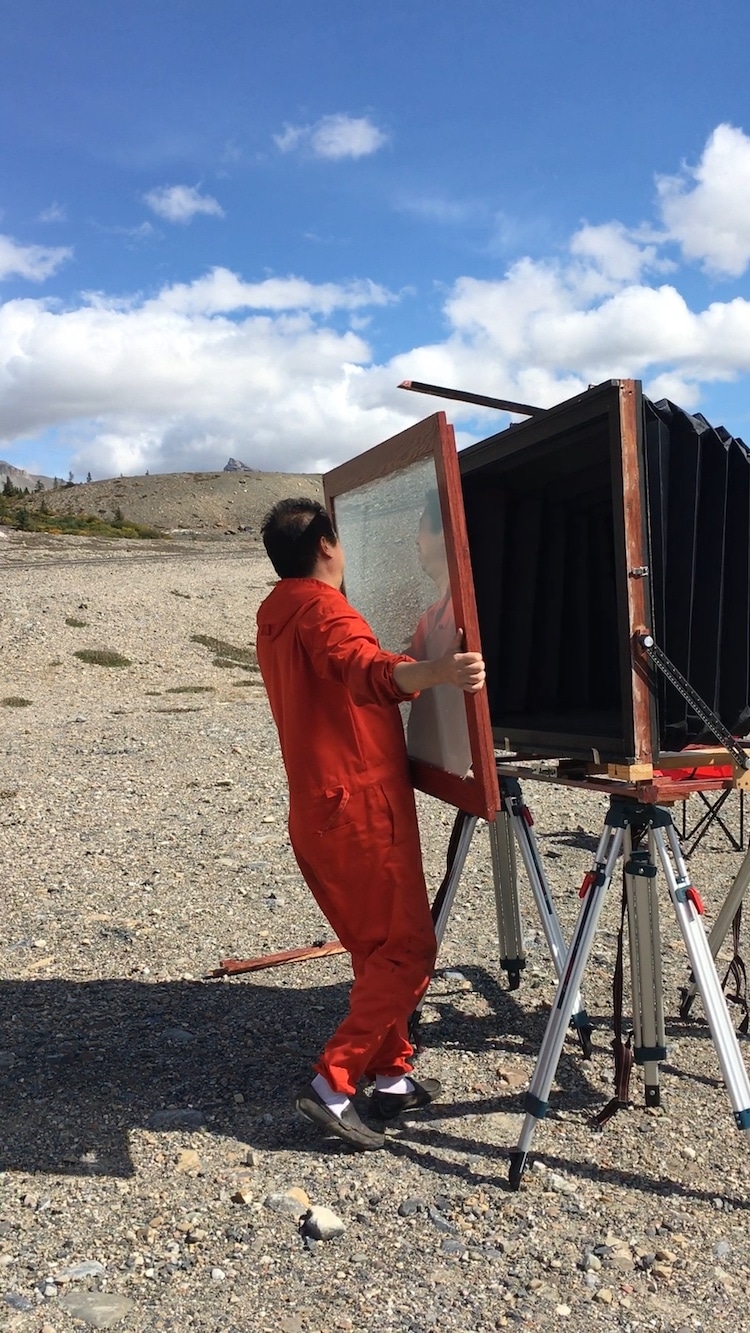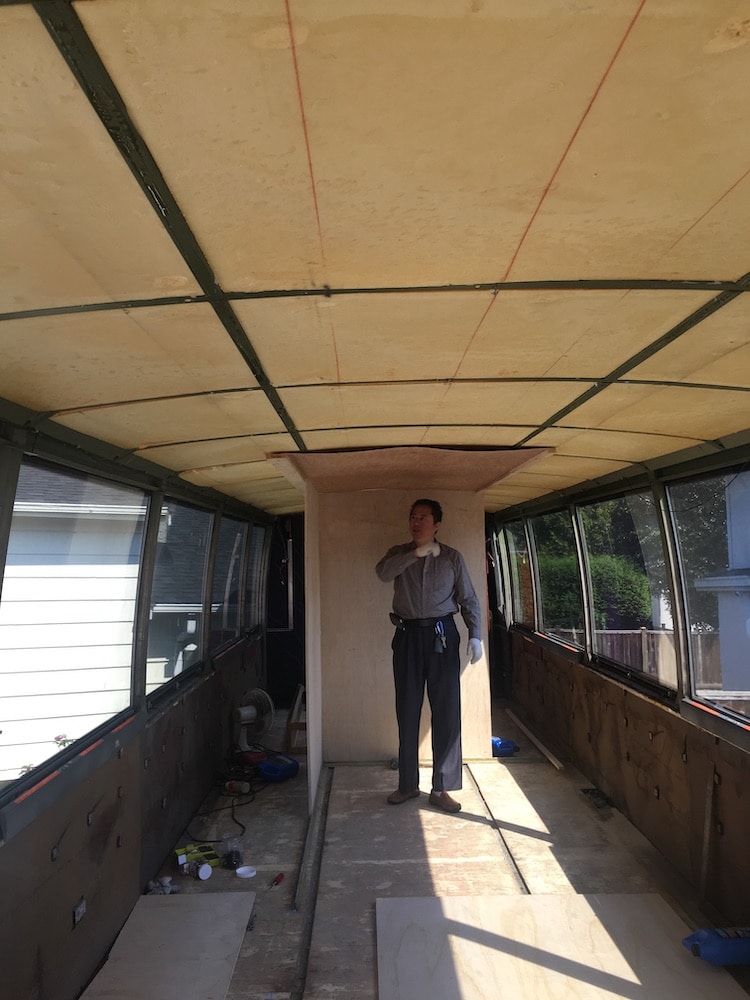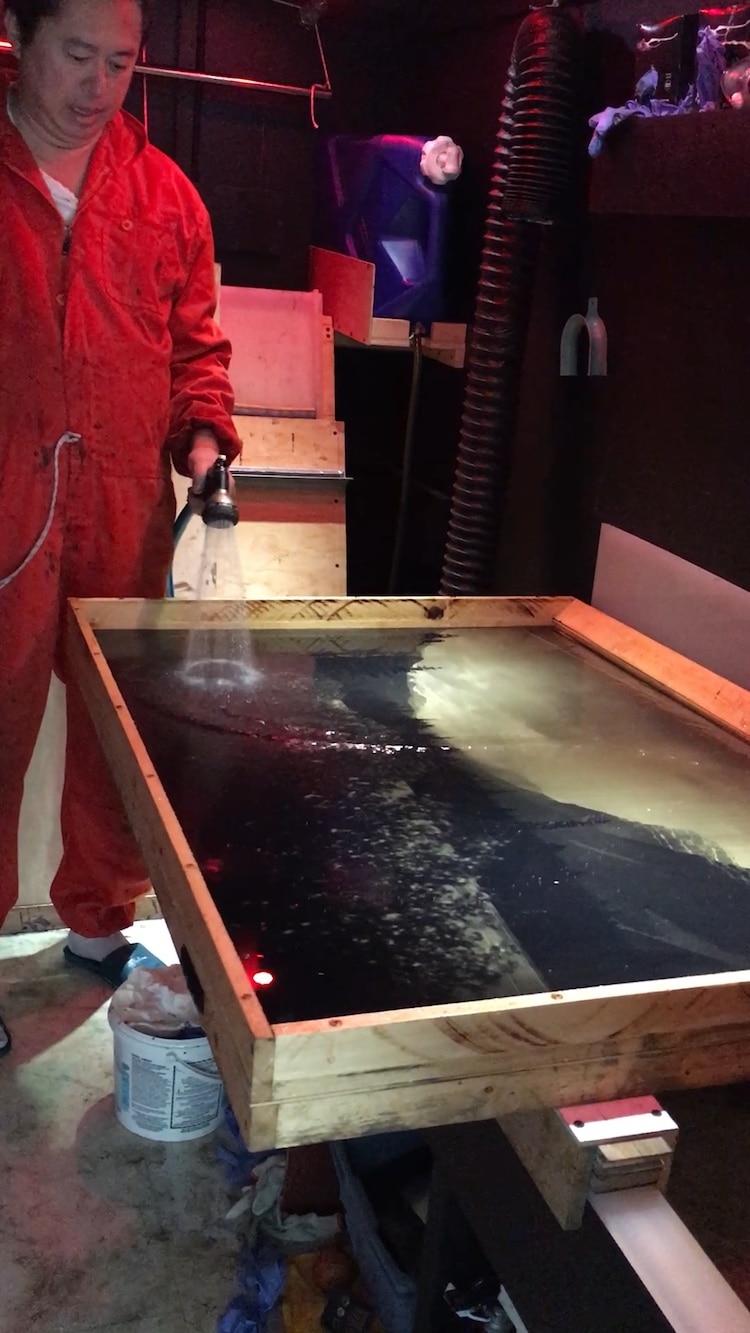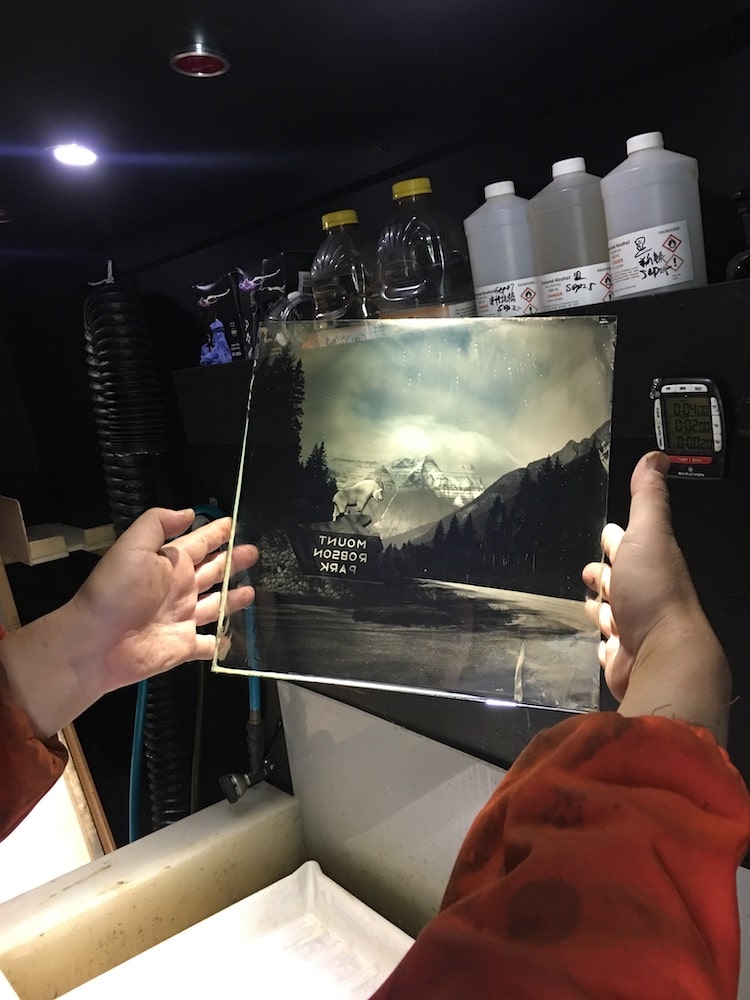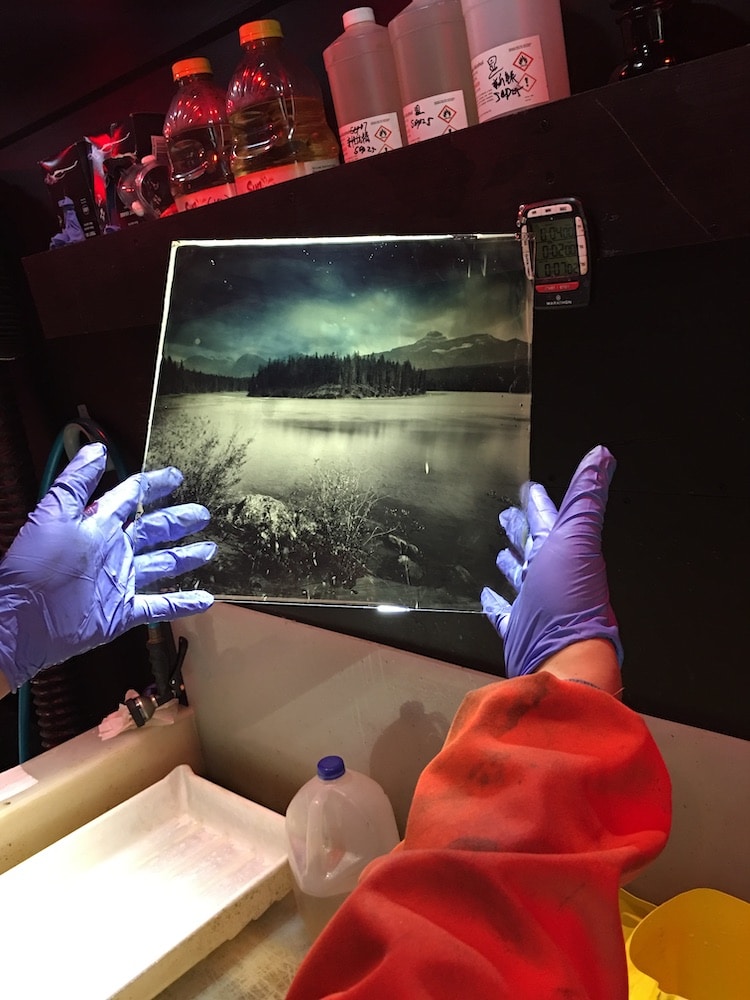Most wet plate photographers stick to studio portraits, and there’s a very good reason for this.
Not only can the equipment be heavy, but working quickly is essential.
Hao’s love of photography began when he was a teenager.

At the time, he used film and would develop his own images.
I’m not saying that the old process is better than digital, he tells My Modern Met.
Of course, today’s digital technology is simple, fast, and great.
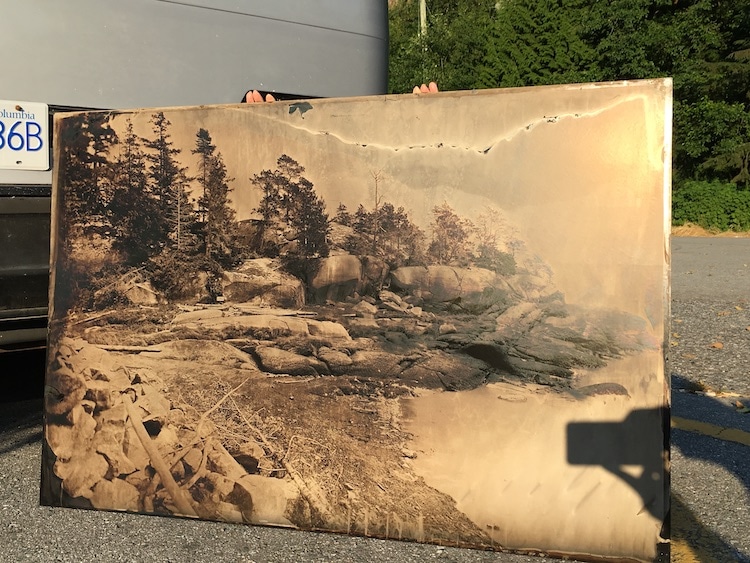
An image made with the old process looks more realistic and can be preserved for longer.
Passionate about landscape photography, Hao built his first 11x11 camera in 2015.
At that time, he also converted a Dodge Caravan into a small darkroom.
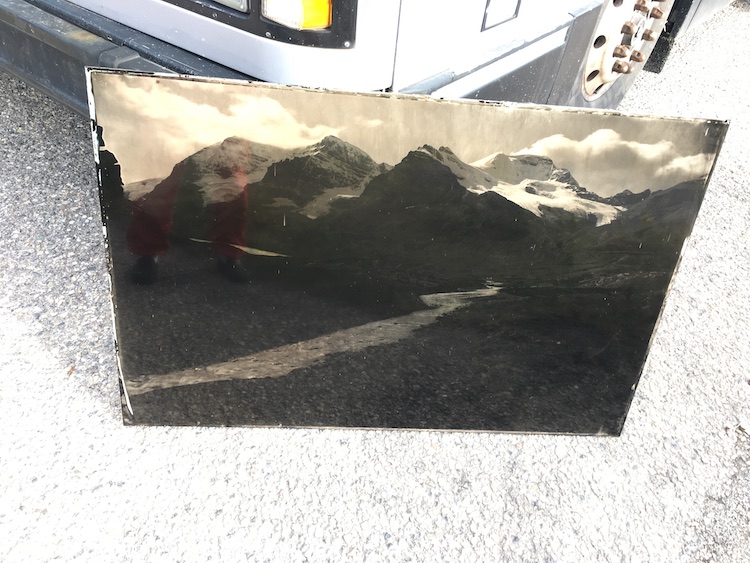
So, in 2019, he set about creating something even bigger.
And, most importantly, was something that he would be able to set up and operate himself.
When completely open, the camera is 52x37x70 and weighs 110 pounds.
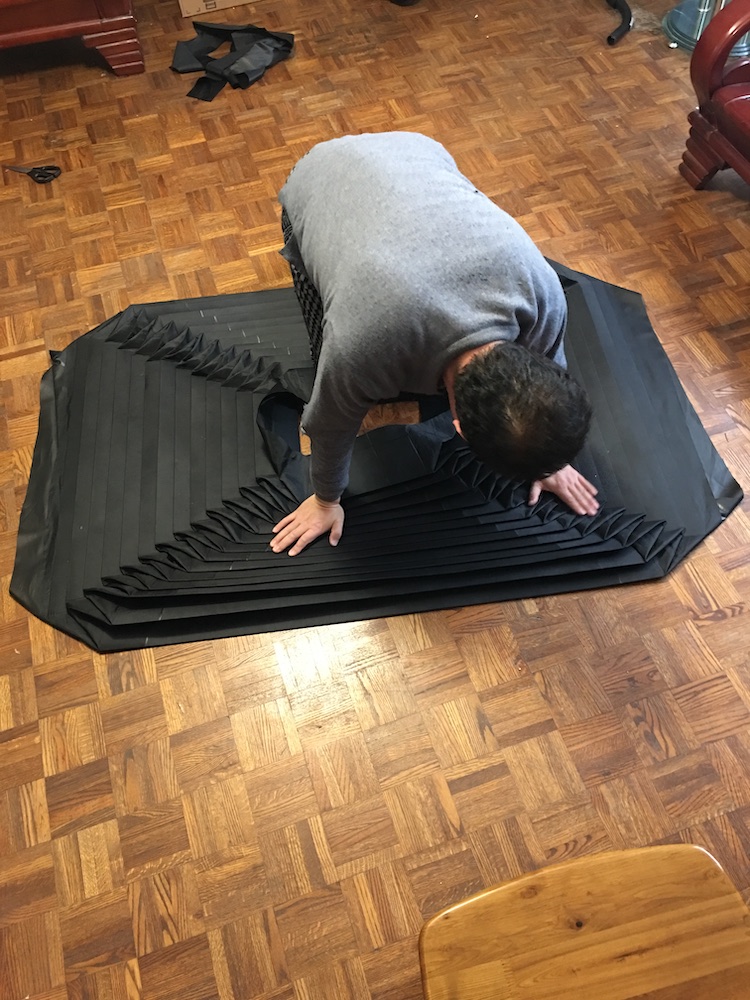
The lens and film holder adds an additional 44 pounds.
Each of its three tripods weighs 22 pounds.
But, of course, the camera is only half the battle.
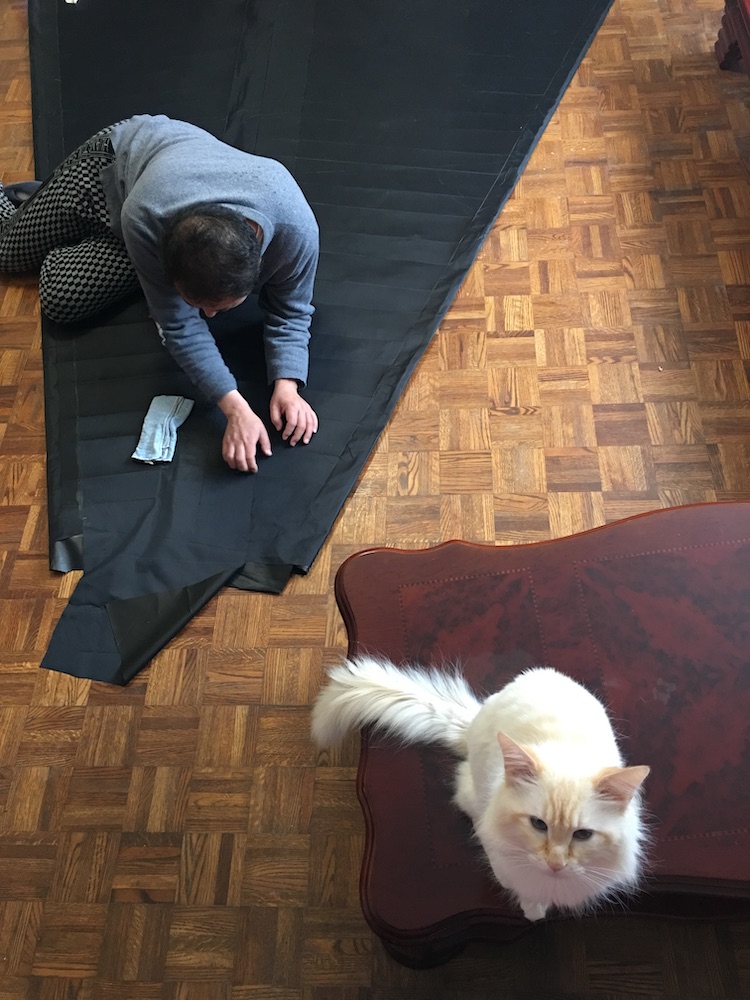
As Hao likes to go off the grid in search of beautiful scenery, being self-sufficient was key.
Now he spends ample time in the Canadian Rockies.
Photographer Bill Hao is passionate about wet plate collodion photography.
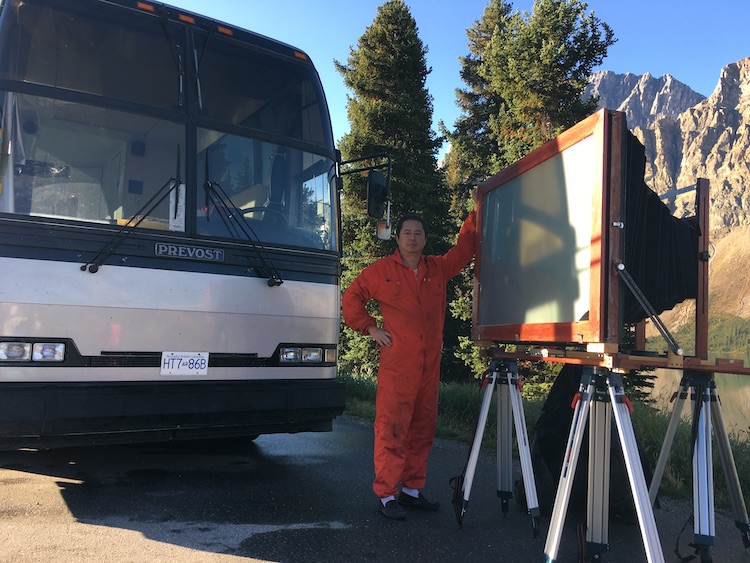
It uses 3248 inch glass plates and the body alone weighs 110 pounds.
He also spent eight months converting a bus into a portable darkroom.
